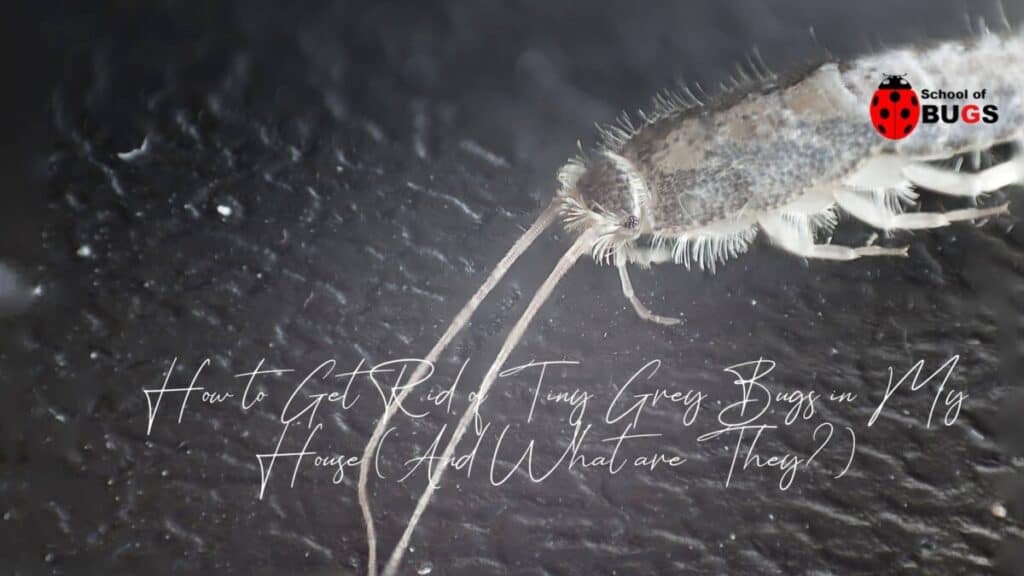
“Tiny grey bugs” is not an endearing definition, especially not when the interior of your house is covered in them. What are they exactly and what is the best way to go about getting rid of them before it gets worse?
Those little grey bugs are most likely Plaster Bagworms. However, other little grey bugs can infest your house as well, including mosquitoes, silverfish, and drain flies (also known as drain gnats). Fortunately, the same methods get rid of all of them.
If you are talking about flying grey bugs, silverfish won’t qualify. They are silver/grey in color but they don’t fly until they become a moth.
Mosquitoes, depending on the species, can easily look like little grey bugs, especially when they are flying around the house and you have yet to kill one.
What Are Plaster Bagworms?
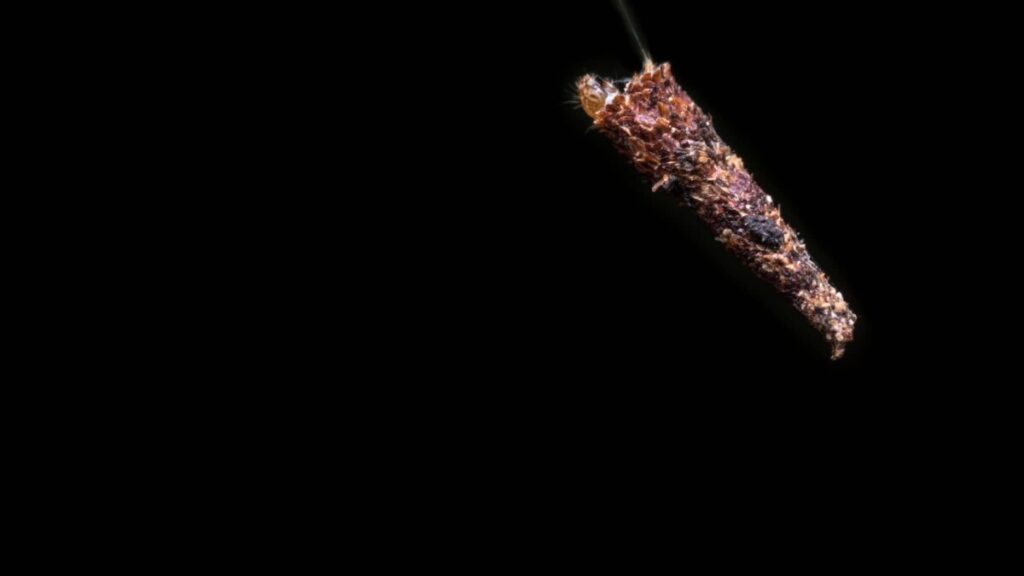
When it comes to little grey bugs in your house, it’s either plaster bagworms or drain gnats, depending on whether or not they fly.
The plaster bagworms look like tiny cylindrical fuzz sticking to the side of your wall, at least until the moth emerges. It flies when it becomes a moth, obviously, but by then it’s easy to identify.
Plaster bagworms like to set up shop inside people’s garages. They aren’t exactly harmful, no more or less than a regular moth getting caught inside your home. However, like most moths, they will go after the hanging clothes in your closet if they have access.
They don’t always use the garage. You will also find them underneath kitchen cabinets and more commonly, underneath bathroom cabinets or close to the bathtub.
They are much more common in the state of Florida, where the weather is perfect for their development.
A plaster bagworm enjoys warm, humid areas and, as a worm, feeds on decaying matter and spider webs. Spider webs are much more common in garages than in homes, especially if the garage is not environmentally controlled.
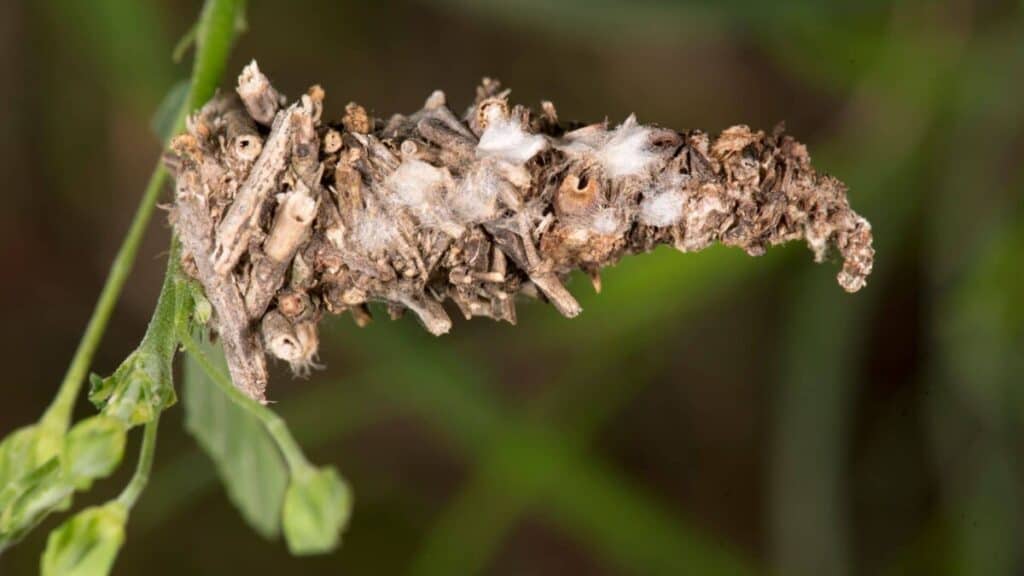
Garage areas are typically warm and humid. Spider webs typically proliferate in the corners—perfect feeding material for an up-and-coming moth.
The same goes for shops in the backyard or unattached garages. As long as they have warmth, humidity, and a source of sustenance, plaster bagworms are right at home.
What are Drain Gnats?
These are often known as drain flies, moth flies, or sink flies and they’re nasty, despite their tiny profiles. You know you have a drain gnat problem when you turn the faucet on and they come swarming out of the drain in thick numbers.
They typically inhabit the drains in your bathroom but also like the kitchen sink drains, bathtub drains, and basement sinks.
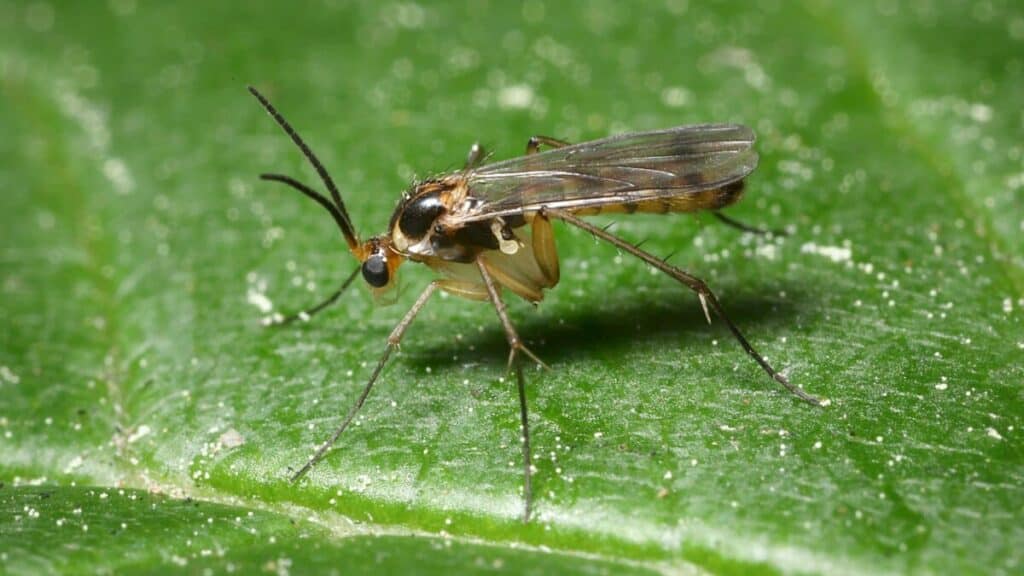
If you are having a problem with your septic system and it’s reaching the surface of your backyard, drain flies are more likely to arrive ahead of regular flies.
They’re terribly aggravating and will fly up your nose while you’re trying to brush your teeth, in your ears, and even in your mouth if you are talking on the phone while you’re in the bathroom. They are very tiny, flying insects with a grey-to-black appearance.
Like mosquitoes, they are very attracted to low-lying, still, and stagnant water. All of the above can be found deep inside the drain, where the pipe curves around, traveling upward briefly before running out.
They primarily live on the organic material found inside your drains, including hair. They aren’t known for carrying diseases, however, it’s easy to think they do when they come flying up out of your toilet.
How to Get Rid of Plaster Bagworms
Plaster bagworms, much like any other household pests, are easily deterred if you practice the right preventative methods. In fact, plaster bagworms are pretty easy to control and keep out of your home.
Thoroughly Clean Your Garage or Home
Plaster bagworms require warmth, humidity, and sustenance. Cleaning the inside of your home removes the latter from the equation.

If they can’t eat, they can’t stay. It’s much easier to afford a little cleaning in your garage than it is to insulate it and install air conditioning.
Ensure that your walls are clean and the corners throughout the garage are free of any spiderwebs. Spiders are crafty and their webs are difficult to spot, especially if you use your garage like an attic and store things in there.
Clear out all of the debris, wipe down the walls, sweep everything up, and clean the floor with mild detergent.
Most of the time, in the garage, you’re dealing with concrete, so you don’t have to go crazy. Just give it a light wash and that’s all there is to it.
Plaster bagworms are Positive Phototaxis creatures, which means they are attracted to light. Keep the lights directly outside of your garage off and turn the inside lights off when you aren’t in the garage.
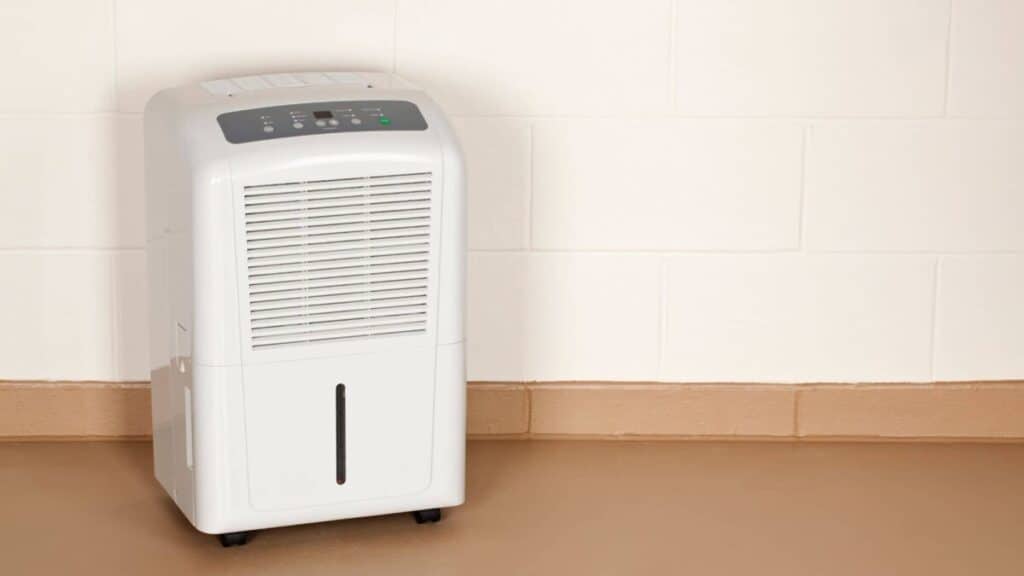
Placing a dehumidifier in the garage is also a good idea. A dehumidifier will remove one of the primary elements that plaster bagworms need to survive, which is humidity. If you have plaster bagworms hanging on your walls, go through with a Shop-Vac.
Vacuuming is an excellent way to suck them right up. Despite the fact that they cling to the walls, they aren’t stuck too hard and even a light vacuum should effectively remove them.
How to Get Rid of Drain Flies
Drain flies are another highly aggravating insect that is surprisingly easy to get rid of. They hide in drains, after all, which gives them little to no room to fly away when you start treating them.
Preventative Method
You can create an environment that drain flies would prefer to avoid altogether by simply cleaning your drains out periodically. Every time you clean your sink, dump a capful of bleach down the drain and avoid rinsing it out for an hour.
You aren’t limited to bleach either. You can also use baking soda, hydrogen peroxide, and straight vinegar, all of which drain flies loathe because they kill drain flies rapidly.
Eliminating Existing Drain Flies
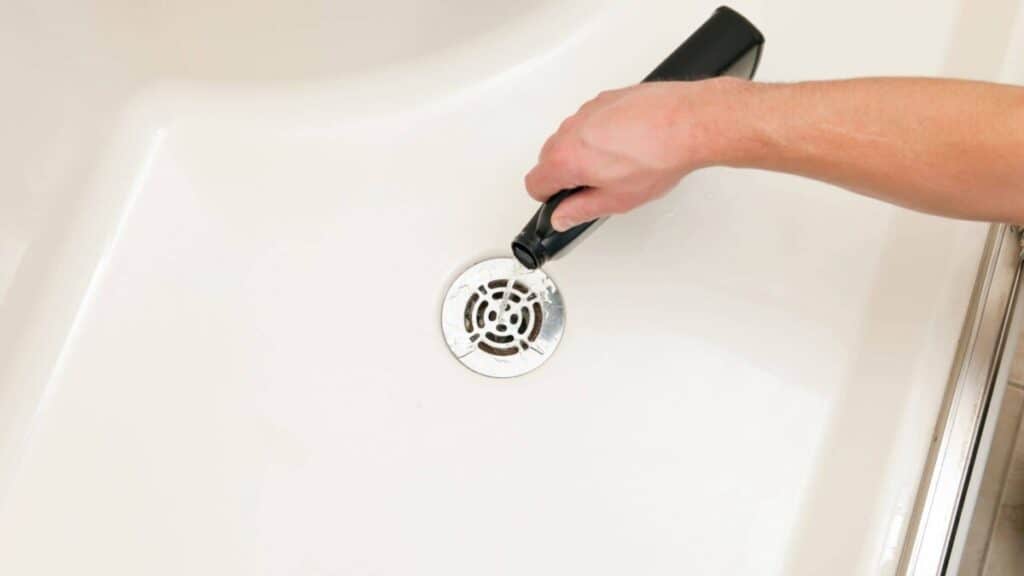
You can eliminate drain flies in the same way you prevent them, by hitting them with any of the above chemicals.
Baking soda and vinegar are an excellent combination because of their volatile reaction. It bubbles, hisses, and gives off fumes that drain flies loathe.
Don’t mix the two directly, however. What you do is pour about half a cup of baking soda powder into the sink drain.
It doesn’t matter if some come to rest around the rim, failing to go in. The powder will knock a lot of them down, not allowing them to fly out of the drain.
Next, drop about ¼ cup of straight white vinegar in the drain and let the stuff do its thing. It will bubble and hiss for a while and the best thing you can do is walk away for half an hour.
When you come back, thoroughly rinse everything out of the bottom of the sink, running hot water if you can.
Bleach is also very effective and will kill many of the drain flies on contact. However, if you just pour a capful in there, you may end up missing many of them and they will just fly out. They will find a new place to call home so long as there are bleach fumes in the drain.
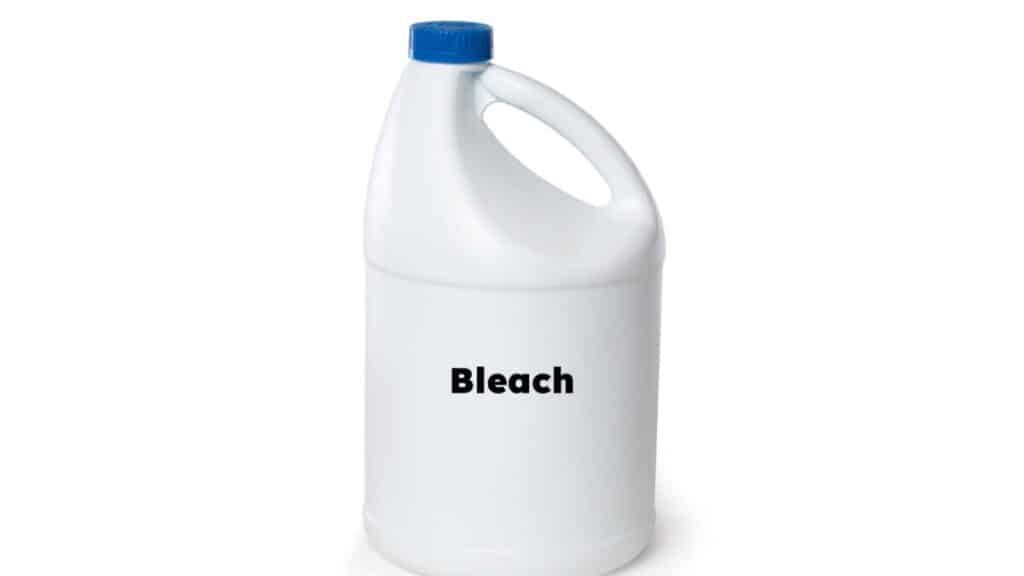
What you should do, is dilute some bleach in hot water and put it in a spray bottle. Aim the spray bottle directly in the drain hole but draw the nozzle away from the drain hole by a few inches.
When you depress the trigger, the spray will be more spread out, coating the inside of the drain pipe and physically falling on most (if not all) of the drain flies.
It’s a more effective way of distributing bleach inside of your drain and will kill more drain flies in the process.
Prevention is Key to Avoid Plaster Bagworms and Drain Flies
You won’t have to worry about trying to get rid of either if you maintain a clean environment. That’s not to say that only people who have dirty homes get drain fly and plaster bagworm infestations.
The fact is, most people clean their sinks, not the inside of the sink drain. Most people clean their garage but don’t wipe down the walls or do a once-over on the floor. The thing about bug infestations is that they take advantage of your blind spots.
Miss one thing and they will move in and start unpacking before you even realize what happened. Unless you live in Arizona or Nevada, dehumidifiers are excellent deterrents and you should consider one for problematic areas throughout your home.
All Things Considered
Those tiny grey bugs invading your home are most likely plaster bagworms or drain flies. There is a possibility that its mosquitoes but most people recognize a mosquito’s distinct look when its in the air and moving around.
Silverfish can be problematic as well. However, keeping a clean environment and maintaining a well-balanced air quality with some preventative measures is usually more than enough to make all of these bugs seek greener pastures elsewhere.
Alright, that’s it for this article, here are a few hand-selected articles that you might also find interesting reads:
How to Get Rid of Tiny Yellow Bugs in Your House (and What Bugs They Are)Reasons Slugs are Coming into Your House – and How to Get Rid of Them
Tiny Brown Bugs and How to Get Rid of Them
Recent Posts
Tiny Black Bugs in Bathroom NO WINGS: What They Are and What to Do!
Finding tiny black bugs in your bathroom can be uncomfortable, to say the least. Especially if they are persistent, or they appear in very large numbers, which they often like to do. When it...
Tiny Black Bugs in Plant Soil - What Are They & What To Do About It
A short horror story: You get a new houseplant. You do your best to take care of it. You’ve ensured that it has the right soil, the right amount of sun, it gets enough water. And then one day, you...

